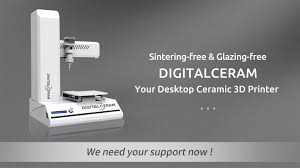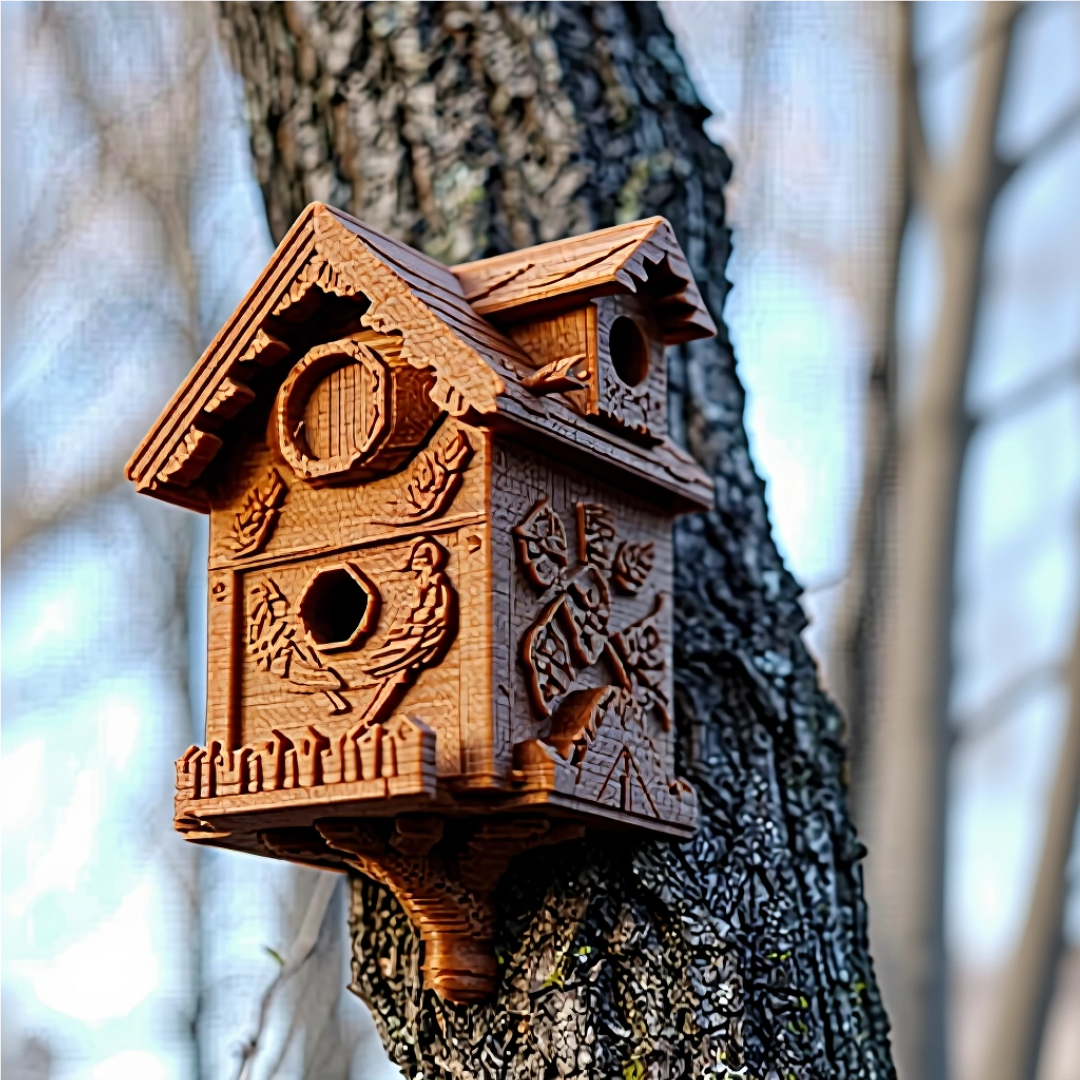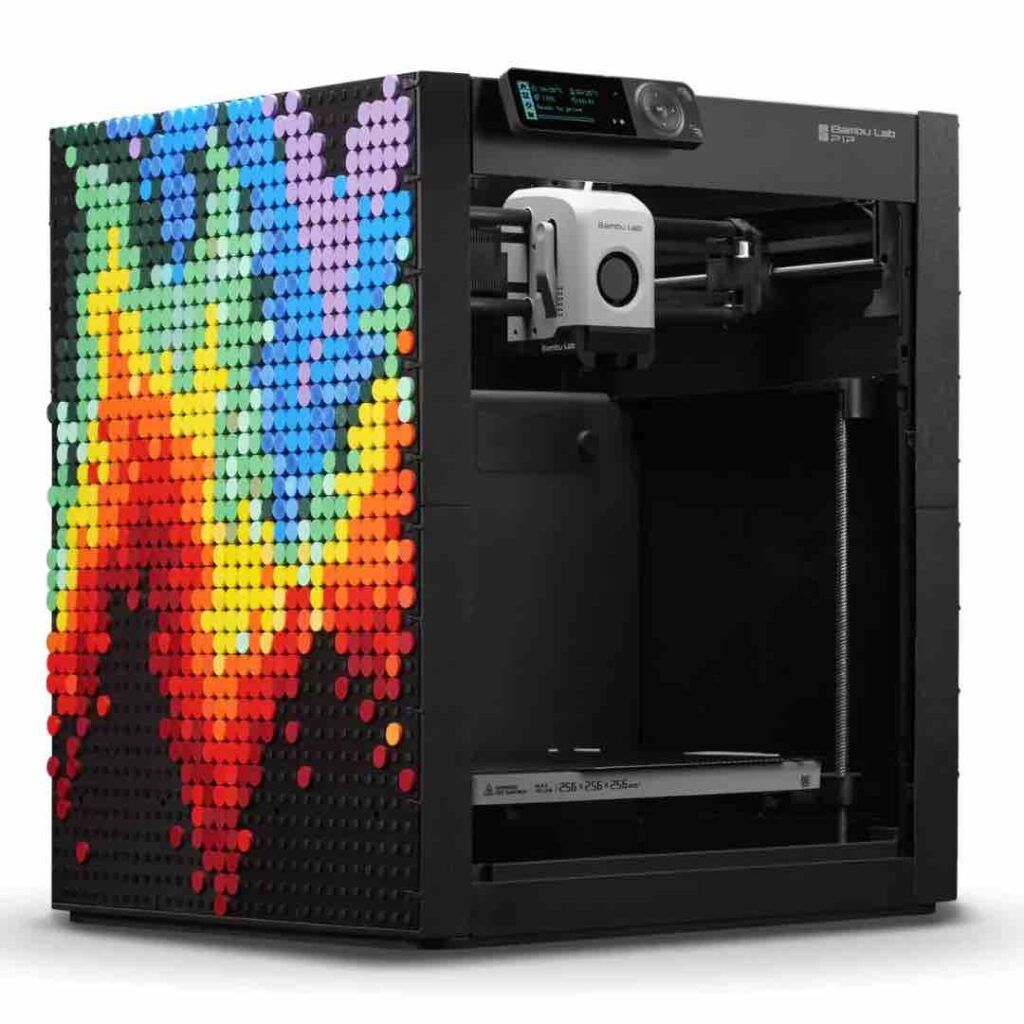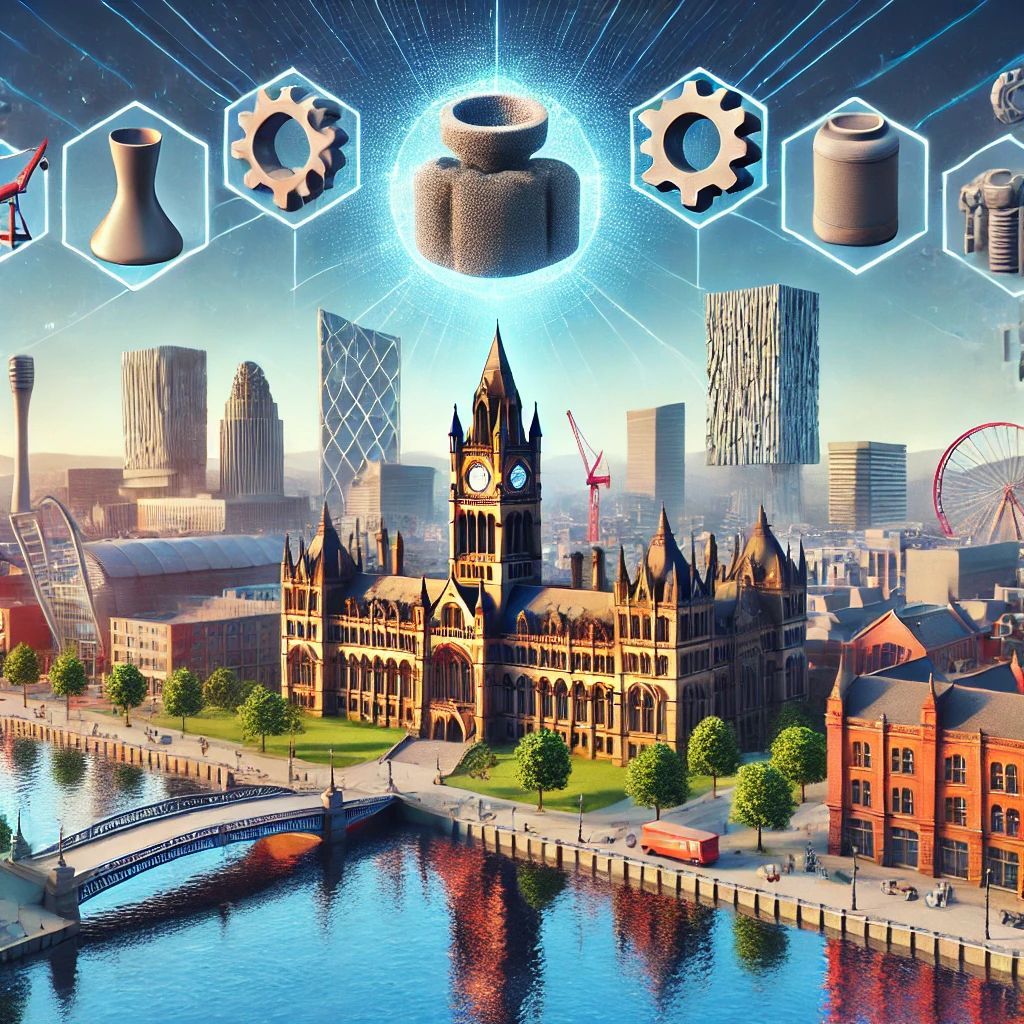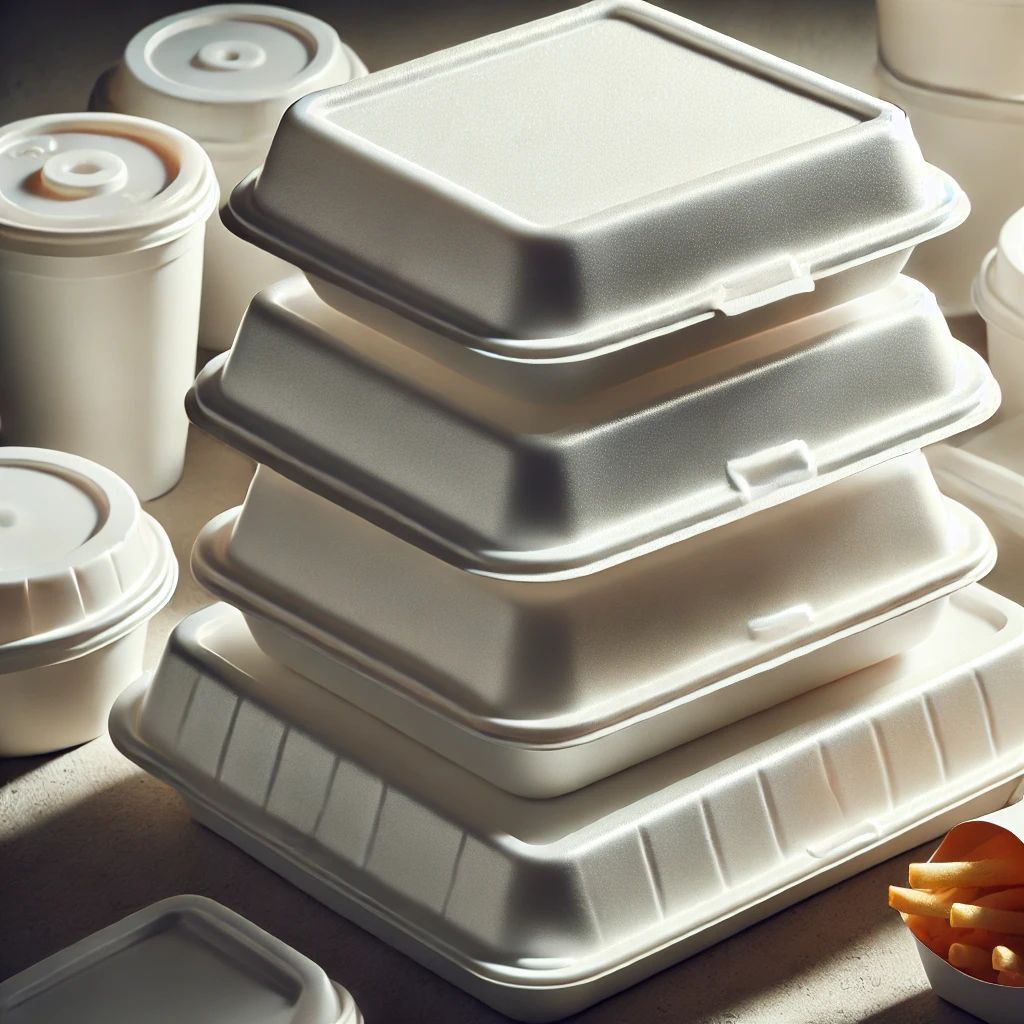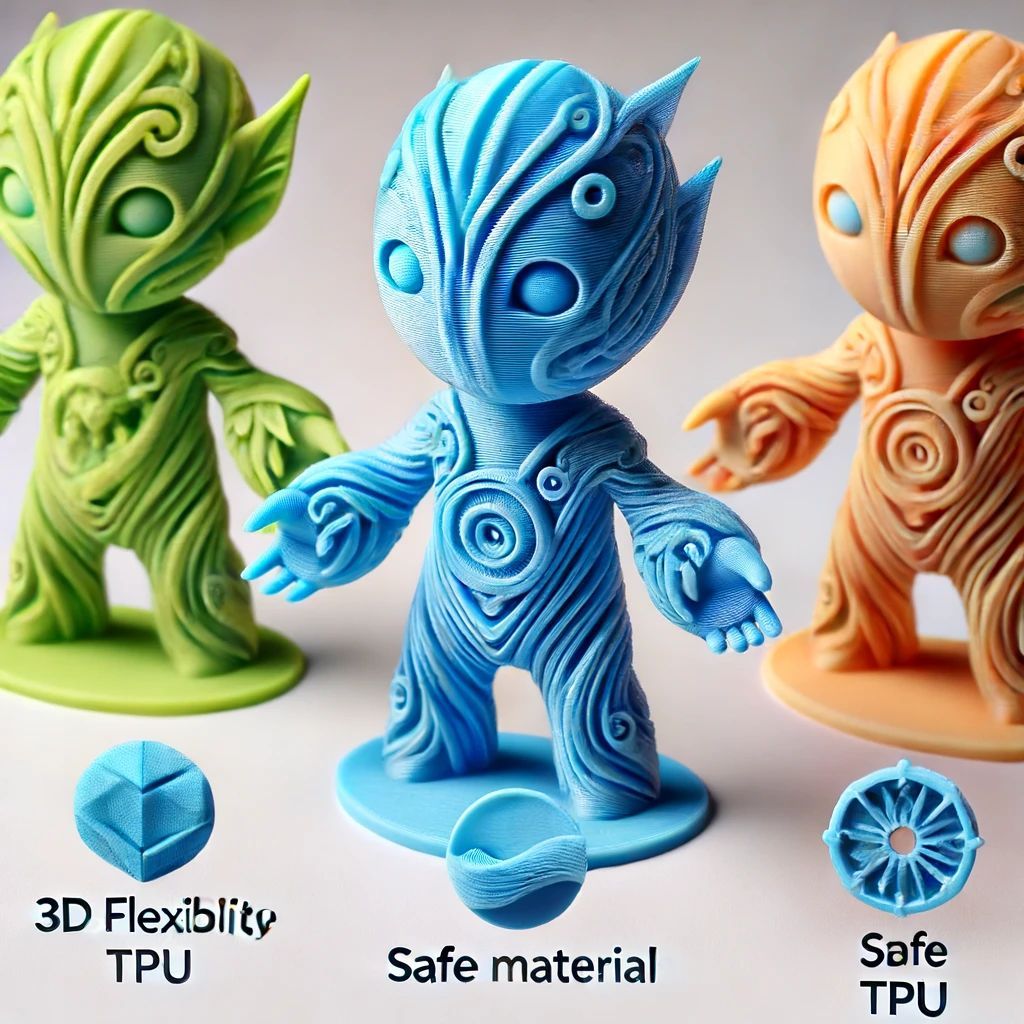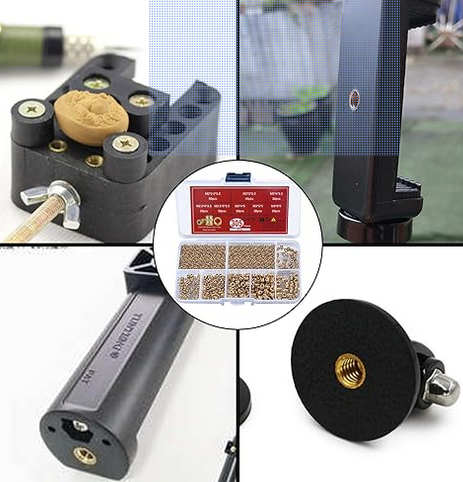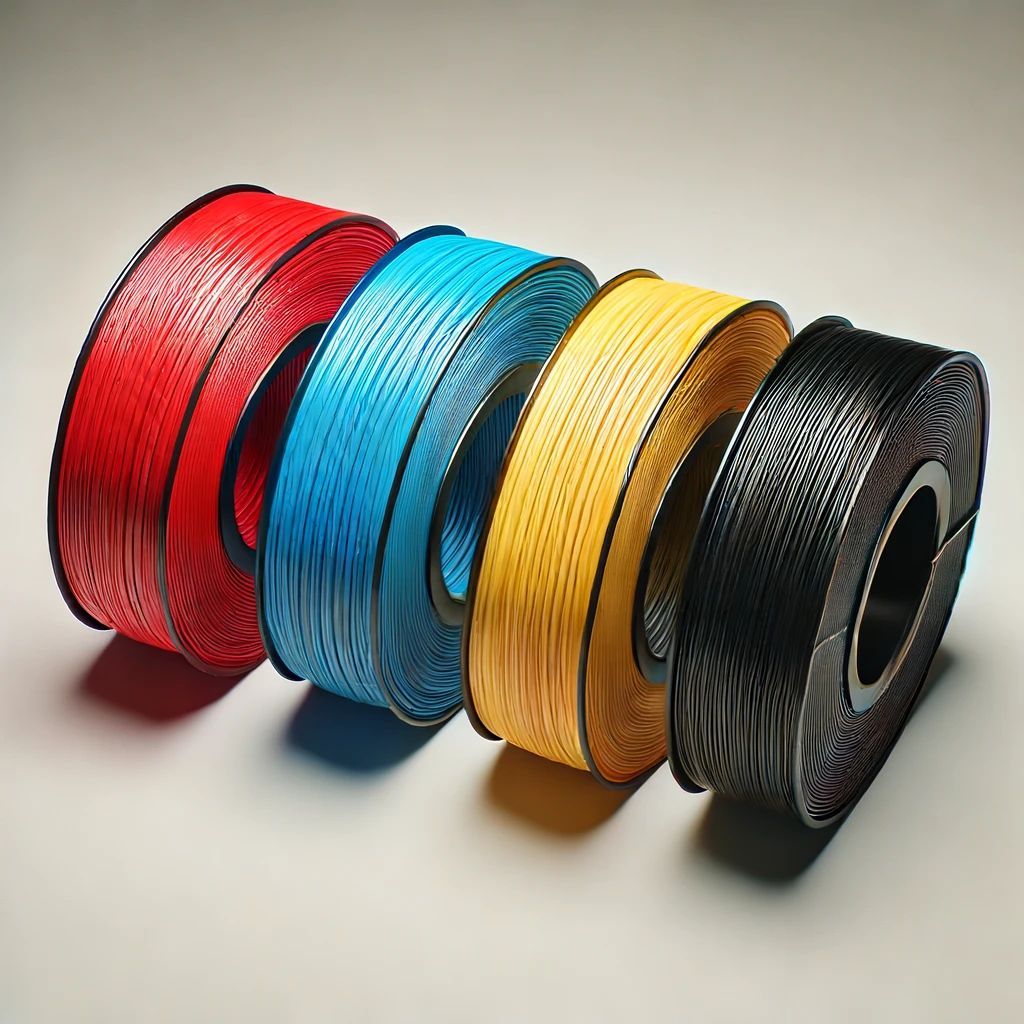Introducing Ceramic 3D Printing
Advancements in 3D Printing - Introducing Ceramic 3D Printing

3D printing is an incredibly popular innovation, and with good reason. It’s the perfect way to produce customized products quickly and at a fraction of the cost. But 3D printing is more than just its ability to produce a lot of identical copies of something. It’s also an incredibly versatile technology that can be used to create a variety of different products.
From simple household items to complex industrial products, 3D printing is proving to be a versatile solution to a wide variety of problems. And the versatility of 3D printing is set to continue to grow at a rapid rate in the coming years.
In this article, we’re going to explore the space in more detail and explain why 3D printing is set to become even more popular in the coming years. So, let’s take a look at the latest innovations in 3D printing and explore how it can improve your business in the future.
Additive Manufacturing
Let’s start by taking a look at the disruptive technology that’s been leading the way when it comes to 3D printing. Although 3D printing is already a well-established technology, the biggest advancements in the field have come from additive manufacturing.
Additive manufacturing is a type of 3D printing that creates products by depositing layer upon layer of material to build up a 3D object. It works by depositing a liquid or paste material to create a 3D model, which is then cured to form the object. This method has been used in many industries to quickly produce prototype parts or final products.
Additive manufacturing is often used to create durable, high-precision parts that require many layers to be printed at high speed. It could also be used to produce high-specification medical implants or custom products.
Consumer electronics, medical devices, and aerospace and automotive industries are often seen as potential users of additive manufacturing. The process is also suitable for fashion and other industries that produce small batches of customised products.
Introducing Ceramic 3D Printing
One of the more interesting developments in 3D printing is the introduction of ceramic 3D printing, which has already been proven valuable in a variety of fields. Although the process is relatively new, it’s already being used to produce high-end dental crowns or dental bridges.
But ceramic 3D printing is also proving to be useful in a variety of other industries, including healthcare and pharmaceuticals. This is because it can be used to create customised drugs in labs or to produce implants that are more biocompatible than current products.
One example of this is the ability to create customised implantable devices that can be used for human medicine. It can also be used to produce implants that can be used for orthopaedic implants or dental applications.
Ceramic 3D printing is also being used to produce bone scaffolds that can be used in bone replacement. These scaffolds are used to replace damaged or diseased bones. They’re also able to promote new bone growth and reduce the risk of implant failure.
One of the reasons ceramic 3D printing is so useful in healthcare is because it can be used to create a wide range of different products, including prosthetic devices and surgical instruments. It can even be used to produce dental crowns or bridges, which are usually created using a combination of gold, silver, porcelain and other materials.
In addition to these applications, ceramic 3D printing has also been proven valuable for producing components for jet engines and other aerospace applications. In fact, this process has already been adopted by GE Aviation for use in their LEAP jet engine program. This program was created with the goal of reducing fuel consumption by 15 percent compared to previous models, by making it more
Advancements in 3D Printing
Now let’s discuss how 3D printing is already making life easier for businesses and consumers around the world. One example of this is the advent of advanced materials. As companies begin to understand the potential of 3D printing, they’re striving to create products that are more durable, complex, or flexible.
One of the major advancements in 3D printing is the development of self-repairing materials. This means that the materials are designed so that they can repair any damage that they sustain. This can be used in cases where a product has to be connected to an energy source, such as a battery.
Self-repairing materials can also be used to create complex electronics, complex mechanical parts, or even biological tissue. This means that we could soon see 3D printed organs used in medical procedures, implantable devices that can be used to treat conditions such as Parkinson’s Disease or diabetes, or even soft tissue in the body that can be used for reconstructive procedures.
3D Printing in Ceramics
Now let’s discuss how ceramic 3D printing is also set to become more popular in the coming years. This is because it can be used to create complex metal parts in ceramics.
It works by depositing ceramic powder to create a 3D model, which is then sintered to form the part. One of the advantages of ceramic 3D printing is that it can create extremely complex parts, such as gears, that are hard to produce via traditional metal manufacturing methods.
Ceramic parts are also extremely lightweight and durable. This means that they can be used to create a range of products, including medical devices, tools, or even aircraft parts. One example of this is the ability to create lighter parts for aircraft, such as titanium alloys or ceramic turbine blades. These can weigh up to 90% less than their metal counterparts. This can lead to a significant decrease in fuel consumption, and the ability to carry more cargo, or fly for longer distances.
3D Printing in Metal
We can also take a look at how 3D printing is also set to revolutionise metal manufacturing. In particular, we will look at how this technology is being used to create complex components that are difficult or impossible to produce via traditional methods.
Nowadays, it is not uncommon for an aeroplane part that has been damaged in an accident during flight to be replaced with a new one. Previously, this would have involved carefully removing the damaged part and then having a new one manufactured and installed according to the original design specifications. However, things are set to change thanks to 3D printing technology. This is because it allows engineers and technicians access to ‘digital blueprints’ of parts based on their original design specifications. These digital blueprints
3D Printing and Rapid Prototyping
Let’s discuss how 3D printing can be used to quickly produce prototypes and models that are used in the product development process. This is often one of the major benefits of 3D printing for businesses.
Rapid prototyping works by creating a small sample of a product to give to clients or investors to get an idea of what the finished product will look like or how it will function. Engineers use CAD software to create a 3D model of the part that is to be produced. A 3D printer then recreates the part using the relevant material.
A number of different materials can be used for rapid prototyping, including plastic, ceramics, metal and resin.
Rapid prototyping is often used in conjunction with 3D scanning technology. This is because it allows engineers to scan an existing object and then create a digital model of it which can then be modified as needed.
3D Printing for Manufacturing
Finally, let’s discuss how 3D printing is also poised to be used for more traditional manufacturing processes. This is particularly useful in industries that involve manual or repetitive manufacturing processes, such as the automotive or aerospace industries.
3D printing can be used to produce a variety of different parts and components. For example, it can be used to print a plastic cover for an electronic device. This means that companies will not need to pay for expensive moulds for each new design.
Aerospace companies have been using 3D printers to create spare parts for their planes for some time now, but this is only the beginning of what will soon become standard practice in the industry.
This is because 3D printing allows engineers to use advanced materials that would not otherwise be suitable for use in planes, such as titanium and aluminium. These are much lighter than traditional materials, which means they can help reduce fuel consumption and therefore lower costs.
3D printing may also help reduce costs in other ways too, since it will allow companies to order exactly the parts they need rather than having a surplus of unused parts lying around. In addition, it could also reduce waste during assembly processes since there will no longer be any need
Further example, the use of drones to inspect parts or components before they’re even sent to a production line can often take a lot of time and is expensive. It can also be highly dangerous, depending on where the inspection is being carried out. 3D printed parts can be inspected manually and then quickly scanned to create 3D models that can be used to manage and track quality control processes.
Exoskeleton and Wearable Electronics
As we’ve discussed, ceramic 3D printing is already proving valuable in a wide range of industries. But it’s also an interesting type of 3D printing that can be used to create exoskeletons.
Exoskeletons are mechanical devices that are used to help people with disabilities walk again, which can be achieved by replacing a damaged limb with an exoskeleton.
3D Printing for Producers and Constructors
Another area where 3D printing can be used to create impressive products is within the construction industry. This is because it can be used to create permanent fixtures, such as floors or walls, that are harder to produce using traditional construction methods.
This can be useful in instances where a property has to be renovated, such as when a building needs a new floor or when a building needs to be demolished and rebuilt.
Cloud-Based 3D Printing
Finally, let’s discuss how 3D printing can also be used in cloud-based manufacturing. This is a relatively new type of manufacturing that involves producing multiple identical products from a single 3D model.
This means that you can use 3D printing to produce items in large quantities, such as when you need to produce hundreds of identical products for a large order.
Food printing
We’ve discussed how 3D printing is making it possible to produce customised food items. This is increasingly being used as a means of providing dietary supplements or customised meals that can be used by individuals who have specific dietary requirements.
Final Words
The benefits of 3D Printing are apparent — customization, quality, and cost are key factors in the success of any product. While the technology has been around for quite some time, 3D printing is now moving into new industries and new materials. We’ll be seeing a lot more innovation in 3D printing this year, and for many years to come.
Nowadays, 3D printing is an integral part of our lives. From customizing your morning coffee to producing complex models for architects and engineers alike; this technology will continue expanding in every industry possible as it offers unparalleled benefits over traditional methods like injection molding or casting with regards not only cost but also quality! The innovations coming out right now aren't just limited within manufacturing either: scientists have started using Posted Printer Metal To Create Living Kidney Proteins And Other Revolutionary European Journal Of Biotechnology








